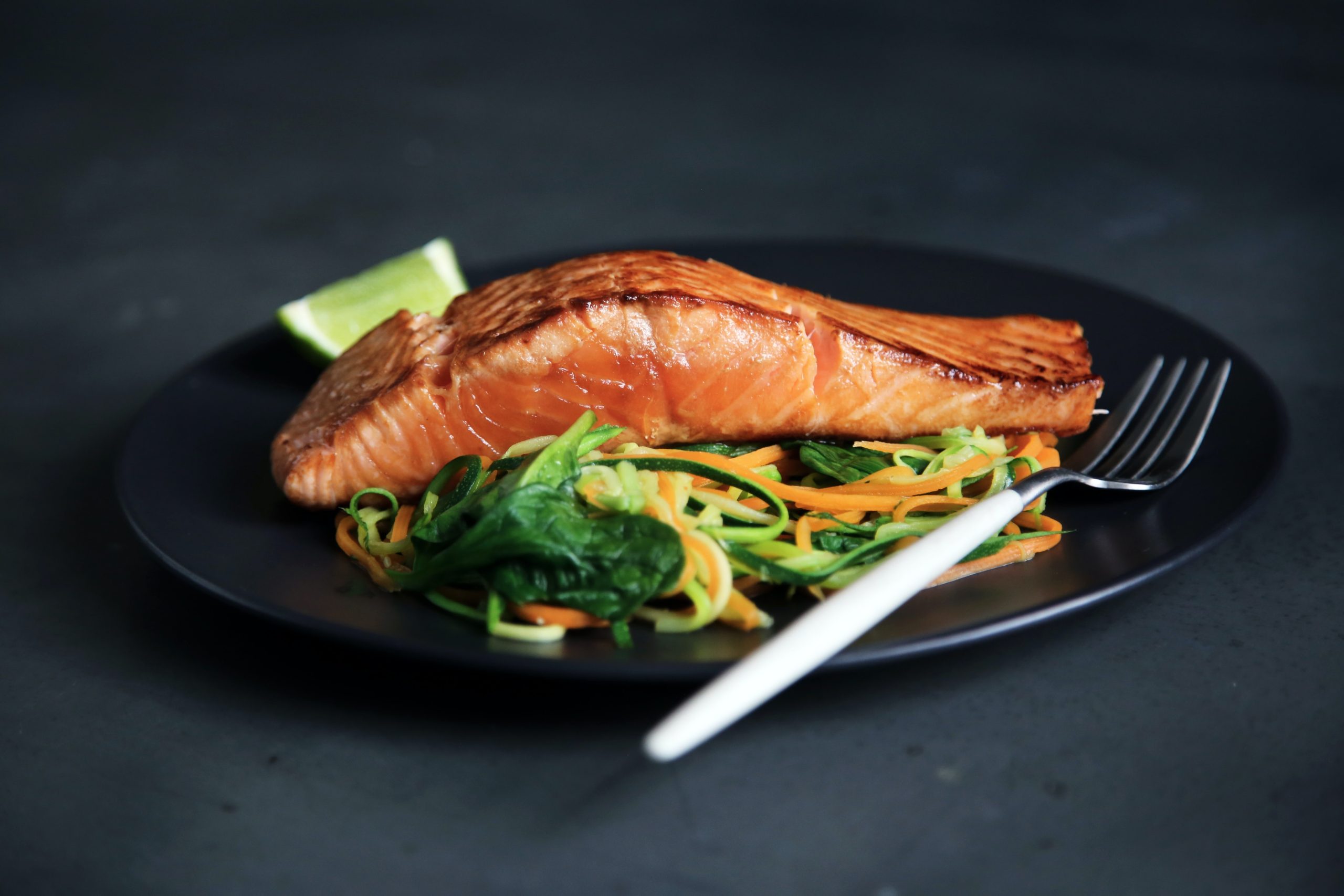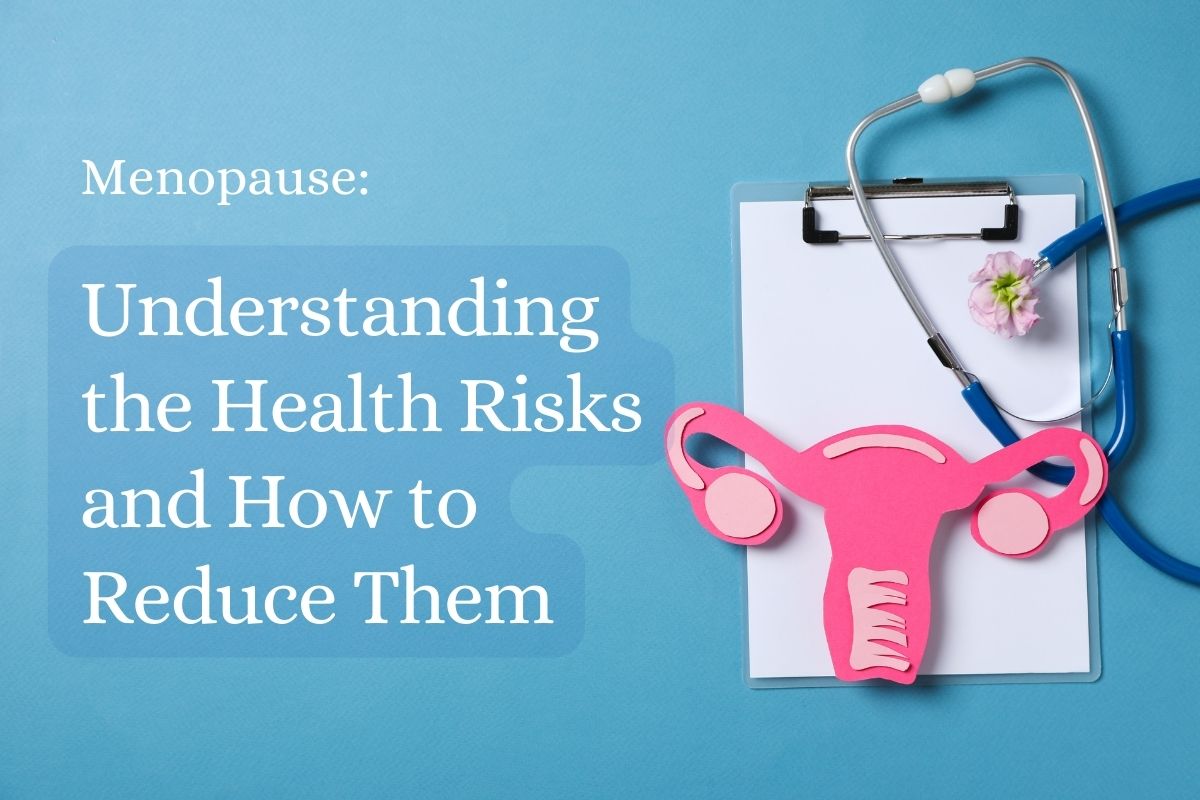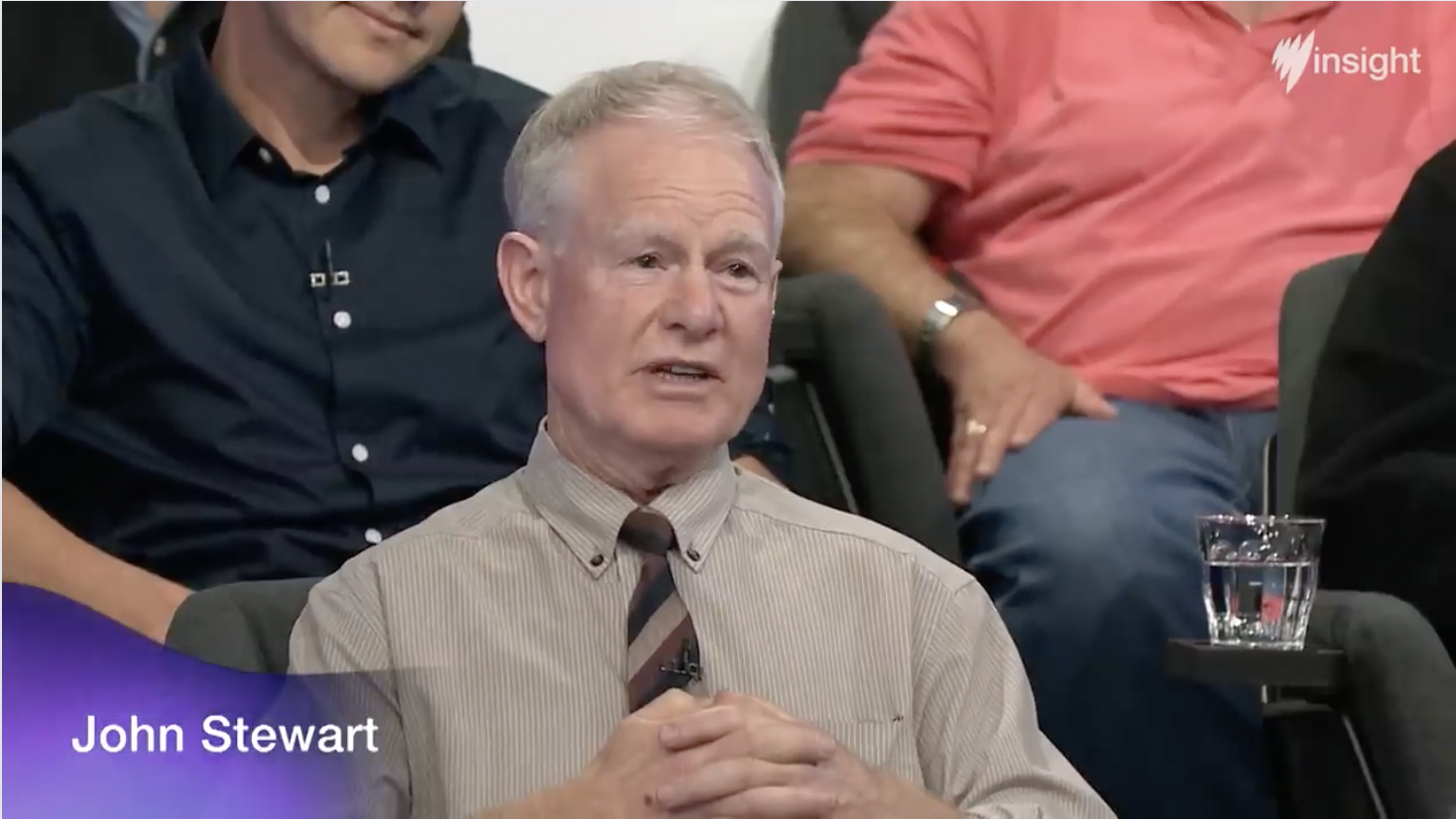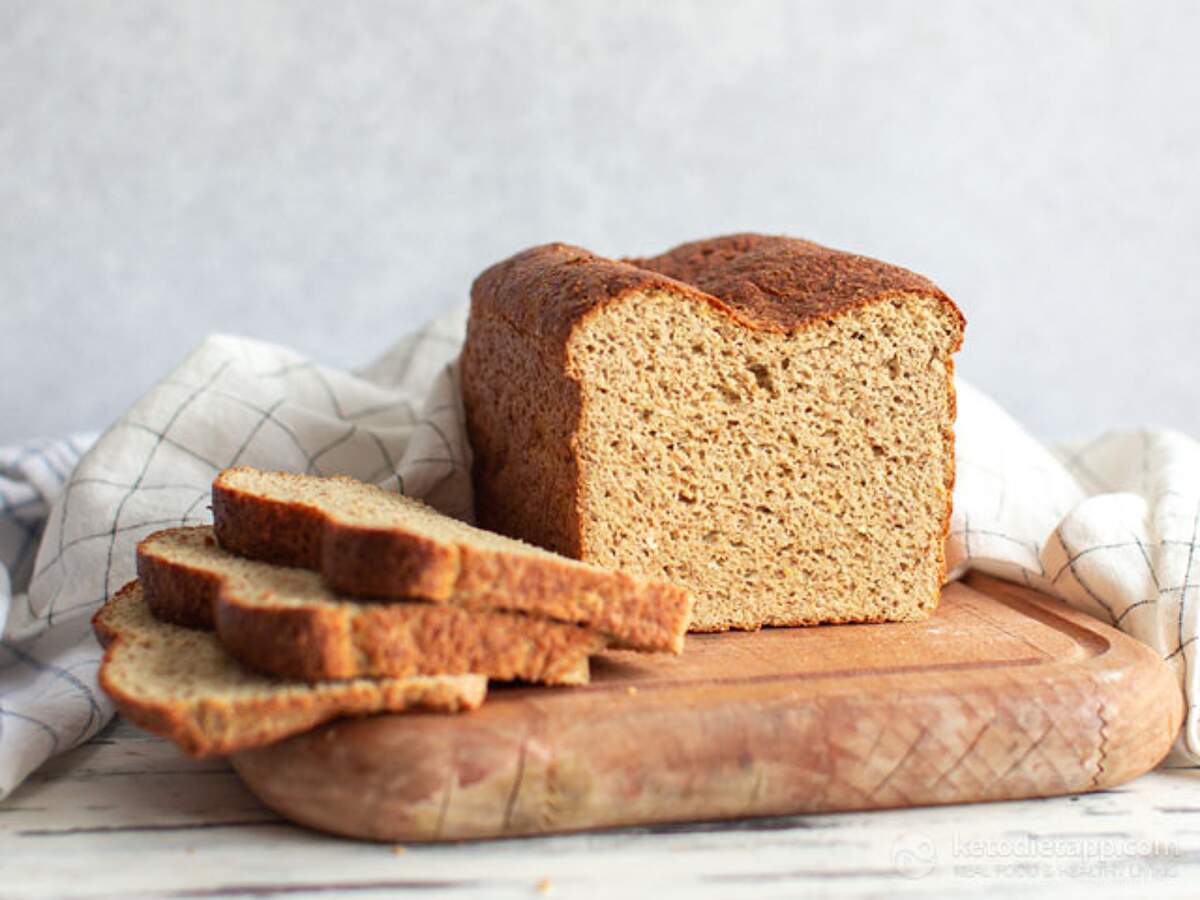

A Low Carb High Fat (LCHF) diet helps you to stay lean and have a body metabolism characterised by low insulin and optimal blood glucose (less than 5.5). There is now irrefutable science to show that low insulin and a fasting blood glucose of less than 5.5 is what we should be aspiring to. This results in less risk of heart attacks, strokes, pre diabetes and type 2 diabetes and dementia. It also helps us to win the war against “fatness” and the consequent pro inflammatory state.
Anyone can do any diet for a short amount of time but we are really all about living this long-term.
Dr. Caryn Zinn, dietitian, expert witness and co author of 2 books beautiful books has produced a video on 'Low Carb, High Healthy Fat: Weight Loss and Sport'. It can be viewed on youtube https://youtu.be/UwUfLJggB4Q
She gives 5 practical tips about how to live the Low Carb, Healthy Fat (LCHF) lifestyle in a sustainable way. This blog will highlight the 5 tips discussed by Dr. Zinn.
H.I., in the world of Nutrition is the “Human Interference” factor. We are after foods that are minimally processed, that are the least tampered with by humans. When we talk about processed food there is a spectrum. We have fruit and vegetables which are pretty much totally untampered and then we have some canned and bottled products that are tampered with but in a minimal way. Canned sardines in water would be a good example. Dairy products would be another good example. So there is a spectrum of interference within processed foods, but on the whole, we are after foods that are whole and that are minimally processed.
Track your food intake and monitor what you're eating. Learn in what foods you find carbs, protein and fat. There are lots of either computer programs or smartphone apps, (like My Fitness Pal, Easy Diet Diary, Fat Secret, My Net Diary and Atkins) that can help you.
Aside from tracking your food, you should also know your numbers in terms of bloods and blood work. Get a general blood work up through your doctor. We are lucky to have this as a free service in Australia if you see a doctor who has an interest in preventative health. Have a look at your Blood lipid values and then have a repeat three or four months down the track. High so called “good cholesterol”, HDL ( high density lipoprotein) and low triglycerides are the 2 most important values. Make sure you are dealing with a doctor who is up to date with the blood lipid story. Unfortunately not all doctors are thanks to the influence of the major pharmaceutical companies, manufacturers of the the class of pharmaceutical called “statins”. Avoid statins if possible. Raised total cholesterol is not a reason for you to go onto a statin if you have high HDL and low triglyceride values.
Measuring ketones, if you are looking at getting into ketosis, an advanced form of Low Carb Healthy Fat eating, is an excellent way to measure your progress. Blood ketones or urine ketones or breath ketones are all possibilities. Measuring Blood ketones is best. You can buy a device to track it.
That starts from before you go shopping. It starts when you plan what you are going to buy.
One of the things we also need to think about is how you want to eat and think about some food swaps. For example, some people might give up bread quite easily and don't miss it and other people might really miss eating bread and want to eat something bread-like. So what you need to do is to think about those food swaps, and find those low carb bread recipes. Eg bread made with almond meal flour rather than wheat flour.
Another breakfast item that you can swap out is a breakfast cereal. Instead of getting something out of a container from the supermarket, something that's grain-based, you might want to prepare yourself a grain-free type of granola which is full of nuts, full of seeds, full of desiccated coconut, coconut oil, whatever you want to put in there that's Low Carb Healthy Fat ( LCHF ) friendly.
The best rice substitute you can get is cauliflower rice. Take the raw cauliflower, throw it in a blender, blend up to rice consistency in 10 seconds and then throw it in the pan with whatever spice you want . You can throw things in like turmeric to make it yellow and you can use it as a couscous substitute in your lunch the next day. There's plenty you can do but remember if you've got this all planned during the week it'll be really easy just to use what you have in your fridge.
Swap mashed potato for mashed cauliflower. They don't look very different and don't actually taste very different either.
Another is noodles. Instead of having pasta you could have something like zoodles - zucchini noodles or courgette noodles.

You can do the Low Carb High Fat (LCHF) way of eating without any support but you might not get the best outcome. You need to talk to people who are close to you and tell them what you're doing. If it's going to be your family it will be really good to get your family doing this as well. If you have kids, your kids don't need to know they're doing Low Carb High Fat ( LCHF) but it's just what they eat. When you're converting kids over to the LCHF way of eating that can be challenging because there are so many sweet foods ( which are addictive) and they probably will not have your willpower to restrict the carbs in their diet.
In a workplace setting, many people try and lose weight by doing Low Carb High Fat (LCHF) but they get sabotaged by high carb morning teas with sausage rolls and biscuits, etc. So if you “word up” your buddies around you at work, that support might just help you to keep on track. “Sort your support” extends to what you can do when you go out to eat. Ask the waiters whether eg you can substitute some potatoe with extra mushrooms or coleslaw. Most waiters and chefs are obliging.
“Mix it up”, means mix up your foods to mix up your nutrients. Different foods give you different nutrients. Do a nutritional analysis. You don’t necessarily have to get the calories met right down if you are eating low carb.
Make sure you get an optimal nutrient profile that covers essential amino acids that we cannot make ourselves. Vitamins, minerals, trace elements and fibre are also a source of potential problems. It's not just bacon and eggs and butter for breakfast lunch and dinner. Add in lots of vegetables, a certain amount of fruit depending on what carb restriction you're on, a certain amount of dairy if you can tolerate dairy, nuts and seeds.Meats don't necessarily need to be lean. The fat gives flavour.
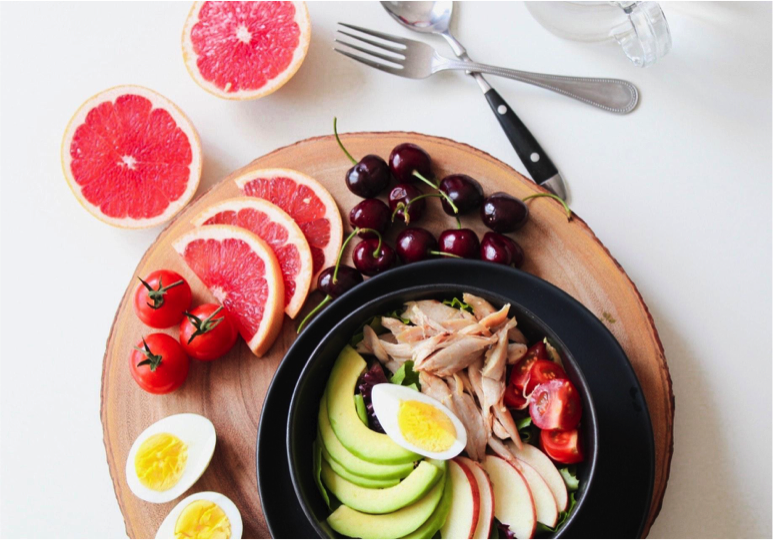
References
This blog post has been inspired by the Dr Caryn Zinn youtube video.
Source: https://youtu.be/UwUfLJggB4Q

